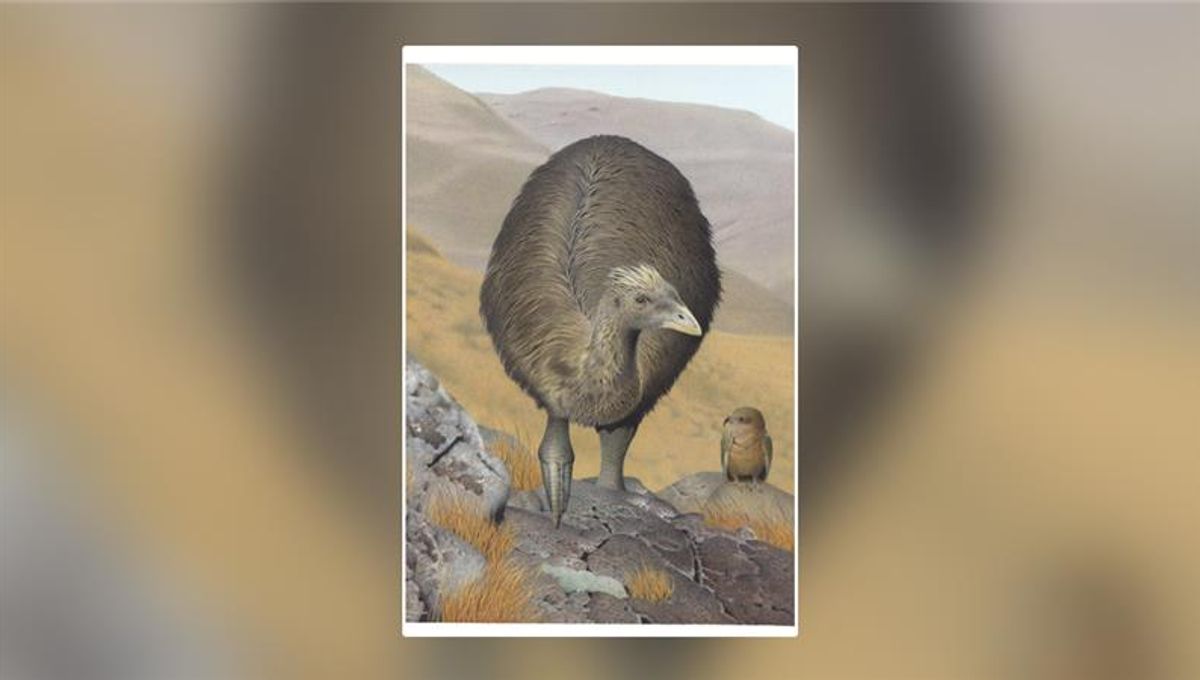
Researchers have found that New Zealand’s current endangered flightless bird species are seeking refuge in the places where six species of moa lived before they went extinct. The results could have significant conservation benefits.
Moa (Dinornithiformes) are a group of large flightless birds that were once endemic in New Zealand. However, current fossil evidence suggests that the unusual and large raptors went extinct within two centuries of the arrival of humans in their environment, about 800 years ago.
According to the new analysis, before the moa went extinct, they retreated to the same cold, isolated mountainous locations where today’s endangered flightless birds are found, such as Mount Aspiring on the South Island, and the Ruahine Range on the North Island.
“Populations of moa are likely to have disappeared first from the highest quality lowland habitats that Polynesian colonists preferred, with rates of population declines decreasing with elevation and distance travelled inland,” lead author Dr Sean Tomlinson said in a statement.
“By pinpointing the last populations of moa and comparing them with distributions of New Zealand’s living flightless birds, we found that these last havens shelter many of today’s persisting populations of takahē, weka and great spotted kiwi”.
Tomlinson and colleagues achieved this by combining sophisticated computational models with evidence from the fossil records and paleoclimate information. They also analyzed and reconstructed the movement of humans as they arrived in New Zealand and expanded outwards.
“Our research overcame past logistical challenges to trace the population dynamics of six species of moa at resolutions not considered possible before,” added senior author Dr Damien Fordham.
“Our research shows that despite large differences in the ecology, demography and timing of extinction of moa species, their distributions collapsed and converged on the same areas on New Zealand’s North and South Islands.”
Although the factors that are driving the decline of New Zealand’s existing native flightless birds are different from those that impacted the moa, this research shows that their spatial dynamics are extremely similar.
“The key commonality among past and current refugia is not that they are optimal habitats for flightless birds, but that they continue to be the last and least impacted by humanity,” fellow author Dr Jamie Wood explained.
“Like earlier waves of Polynesian expansion, habitat conversion by Europeans across New Zealand, and the spread of the animals they brought, was directional, progressing from lowland sites to the less hospitable, cold, mountainous regions.”
The research also offers valuable new tools for understanding past extinctions on these islands where fossil and archaeological data is limited, but also demonstrates how even long-extinct species could offer insights for conservation efforts today. Now, more than ever, it is crucial that people in New Zealand – and elsewhere – protect the remote wild places where endangered animals seek refuge.
The study is published in Nature Ecology & Evolution.
Source Link: New Zealand’s Flightless Birds Are Retreating To Extinct Moa Graveyards